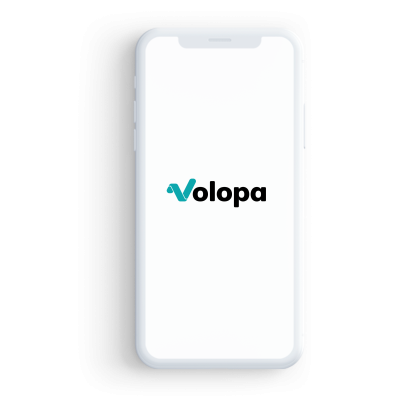Fraud and scams
Fraud and scams are unfortunate realities in today’s digital landscape, demanding vigilance to safeguard against increasingly sophisticated schemes. Here’s a rundown on common scams and tips to stay protected.
Authorised Push Payment (APP) Scams
An Authorised Payment (APP) fraud is a transfer of funds that has been authorised by the customer where:
- The customer intended to transfer funds to another person but instead was deceived into transferring the funds to a fraudster; or
- The customer transferred funds to a fraudster for what they believed was a legitimate purpose but was in fact fraudulent.
- How it happens: Fraudsters can trick individuals or businesses into sending money to a fake payee. Scammers can gain access to personal information, usually via a hacked email account, and can pose as genuine payees, deceiving customers or businesses to send payments to a controlled bank account.
- Protect yourself: Avoid responding hastily to urgent payment requests. Consider omitting bank details from invoices. Clearly communicate to current and new clients that your banking details remain constant; urge them to reach out immediately if they receive any communication indicating a change. When informed of altered beneficiary account details, verify directly by contacting them through a trusted telephone number before making any payments.
Card fraud
- How it happens: Fraudsters can gain access to personal information or steal card details, allowing them to make unauthorised purchases or transactions. Access of personal information to card details can happen through online shopping, theft, or cloning your card using a special swipe machine.
- Protect yourself: Never share card details online; never disclose your username, password or security, or memorable information and one-time passcodes. Look for a padlock symbol on websites; check your transactions regularly; and always shield your PIN.
-
You should never store your banking or personal details on your device, especially if you share it. How strong is your password? To find out, search online for a free password checker.
Also, remember not to let anyone else access your accounts. And when you’re finished with the Volopa app, Internet Banking and Mobile Banking, always log off.
If you think someone has stolen your device, or has your details, let us know straight away.
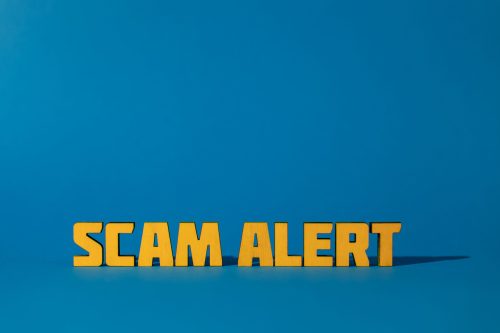
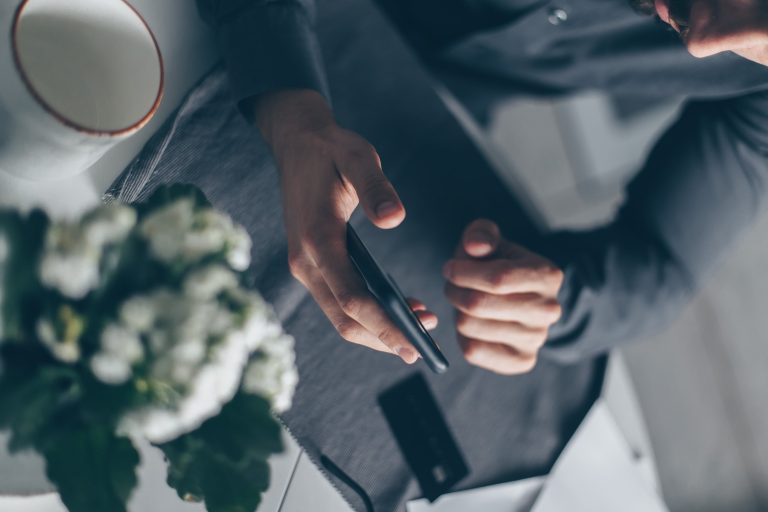
Identity fraud
- How it happens: Fraudsters steal personal info to impersonate and make financial moves in your name.
- Protect yourself: Regularly check your account balance, monitor your company wallet and be wary of unexpected calls or messages seeking personal info. Volopa will never call or text you and ask you to confirm your personal or card details. If in doubt, don’t respond – call us on the normal number on the back of your card.
Payment Scams
- How it happens: Bogus items are advertised for sale, leading to non-existent transactions and a sneaky way to scam you out of your money.
- Protect yourself: Always pay securely using the secure payment method recommended, if you can, verify items in person, and above all research sellers and websites to ensure they are genuine.
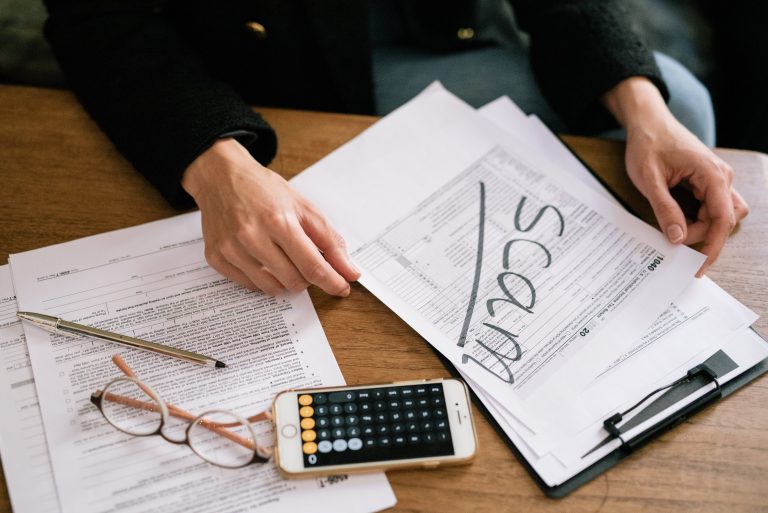
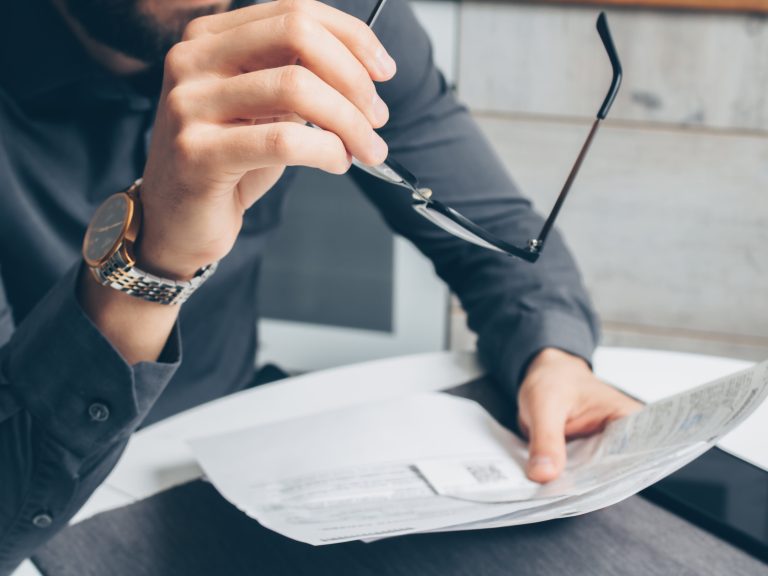
Invoice Scams
- How it happens: Scammers alter account details on invoices, leading to wrongful payments into the scammers account.
- Protect yourself: Confirm account details through trusted phone calls, match account names to companies and when in doubt, always verify.
Impersonation Scams
- How it happens: Scammers pretend to be someone familiar, urging urgent money transfers.
- Protect yourself: Verify unexpected messages, end suspicious calls, and refrain from giving personal info or payments. Think twice before opening links in text messages and emails, especially ones that ask you to give personal information or make a payment. Volopa will never ask you to transfer your money to a ‘safe account’ or say that ‘your money is at risk’. If this happens, it’s a scam.

Stay Vigilant!
Scammers are using more creative methods to steal personal details and card information. We’ve all seen those bogus delivery text messages or dodgy looking websites that ask for personal or card details. Here are our tips on staying one step ahead of potential threats.
- Spotting fake online retailers: Look for a padlock in the address bar; it indicates a secure, encrypted site. However, combine this with other checks, as scammers can forge or buy these padlocks.
- Inspect the website: Typos, grammar errors, and poor design can be red flags. Check for a good return policy. If anything seems off, hesitate to complete the transaction.
- Verify company information: Check the company’s social media presence and contact details. Legitimate companies have a genuine social following and provide a physical address and phone number.
- Spotting ‘Smishing’ Texts: Exercise caution when clicking on links in text messages, even from familiar sources. While Volopa does send text messages for 3DS security purposes, always verify the authenticity of such communications. Fraudsters can imitate trusted sources to deceive you into disclosing personal and card details. If in doubt about a message’s legitimacy, directly contact Volopa through official channels rather than responding to the text.
- Be wary of scam messages: Watch out for messages prompting you to update details, pay a bill, unblock an account, or reschedule a delivery. If in doubt, contact the organisation directly using official channels.
- Control your card security In-App or on the platform: If you suspect risk or notice unrecognised transactions, freeze your card instantly in the app.
Keep your device protected
-
Did you know you can use your face or fingerprint to access your device? Using Biometrics is a fast and secure way.
Another way to protect your devices is to install anti-virus software and run regular scans each week. You should always keep your anti-virus, browser, and software up to date.
Open Banking
-
Open Banking lets you see all your accounts in one place. But you should always use your bank’s official app for any transactions. Make sure any web address connected to Open Banking has the ‘s’ in ‘https://’.
We will never:
- call or message asking you to move money to a ‘safe’ account
- share your logon details with anyone or ask for them.
If you see any transactions you don’t recognise, contact us straightaway.
Check all the details are correct
-
When you make a payment, you should make sure that you’re paying the right person. If you become a victim of fraud and pay the wrong account, you could lose your money.
Fraudsters will try to trick you. Check the name, account number and sort code to ensure that are genuine. Check these against a website or document you trust.
Fraudsters will often ask you to pay for goods and services by bank transfer as this method makes it harder to recover the money. If they will not let you pay by card or other means that protect your money such as PayPal they could be a fraudster.
If you are unsure don’t make the payment and contact us.
Making a claim
-
Payments made on or after 7 October 2024
From 7 October 2024, to protect you from fraud, Volopa will follow a new set of rules for customer scam refunds.
How to make a claim.
Tell us Immediately if you believe you’ve sent a payment to a fraudster’s bank account.
- You need to make a claim within 13 months of sending the payment, or the last payment if you sent more than one.
- You can make a claim for any amount, but we’ll only refund up to a maximum of £85,000.
You should also report this to Action Fraud and the police or allow us to share information with the police if necessary.
-
What about payments made before 7 October 2024?
The new set of rules will not cover you for payments before the 7th of October 2024. We’ll continue to review these claims on a case-by-case basis.
Do the rules protect all payments?
No. This is only for payments you make to another bank account by Faster Payment or CHAPS, sent on or after 7 October 2024.
You should pay attention to guidance and warnings from Volopa or your bank.
Is there an excess to pay?
We’ll apply a £100 excess from the total refund. This is fixed amount for each claim you make. If something prevents you from being able to protect yourself while making a payment, we will not apply the excess.
What are Volopa doing?
We are continuously enhancing our security measures to protect your account and financial transactions. Our systems are designed to detect and prevent fraudulent activities. Additionally, our support team is available to assist you and provide guidance on secure practices.
Think you’ve been targeted?
If you ever suspect fraudulent activity or receive suspicious communication related to your Volopa account, please report it immediately to customersupport@volopa.com.
Stay vigilant, and let’s keep fraud at bay together!
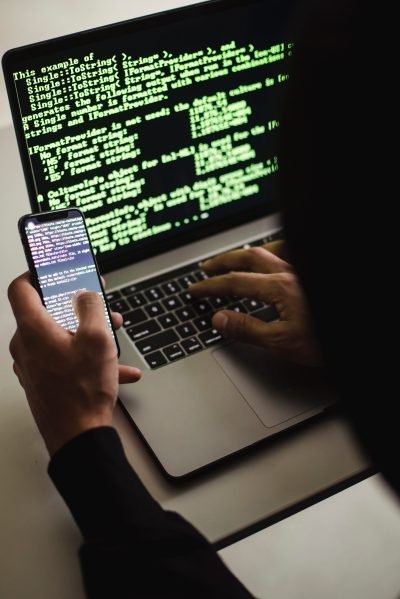
This is a sample page.
Overview
Our refund and returns policy lasts 30 days. If 30 days have passed since your purchase, we can’t offer you a full refund or exchange.
To be eligible for a return, your item must be unused and in the same condition that you received it. It must also be in the original packaging.
Several types of goods are exempt from being returned. Perishable goods such as food, flowers, newspapers or magazines cannot be returned. We also do not accept products that are intimate or sanitary goods, hazardous materials, or flammable liquids or gases.
Additional non-returnable items:
- Gift cards
- Downloadable software products
- Some health and personal care items
To complete your return, we require a receipt or proof of purchase.
Please do not send your purchase back to the manufacturer.
There are certain situations where only partial refunds are granted:
- Book with obvious signs of use
- CD, DVD, VHS tape, software, video game, cassette tape, or vinyl record that has been opened.
- Any item not in its original condition, is damaged or missing parts for reasons not due to our error.
- Any item that is returned more than 30 days after delivery
Refunds
Once your return is received and inspected, we will send you an email to notify you that we have received your returned item. We will also notify you of the approval or rejection of your refund.
If you are approved, then your refund will be processed, and a credit will automatically be applied to your credit card or original method of payment, within a certain amount of days.
Late or missing refundsIf you haven’t received a refund yet, first check your bank account again.
Then contact your credit card company, it may take some time before your refund is officially posted.
Next contact your bank. There is often some processing time before a refund is posted.
If you’ve done all of this and you still have not received your refund yet, please contact us at {email address}.
Sale itemsOnly regular priced items may be refunded. Sale items cannot be refunded.
Exchanges
We only replace items if they are defective or damaged. If you need to exchange it for the same item, send us an email at {email address} and send your item to: {physical address}.
Gifts
If the item was marked as a gift when purchased and shipped directly to you, you’ll receive a gift credit for the value of your return. Once the returned item is received, a gift certificate will be mailed to you.
If the item wasn’t marked as a gift when purchased, or the gift giver had the order shipped to themselves to give to you later, we will send a refund to the gift giver and they will find out about your return.
Shipping returns
To return your product, you should mail your product to: {physical address}.
You will be responsible for paying for your own shipping costs for returning your item. Shipping costs are non-refundable. If you receive a refund, the cost of return shipping will be deducted from your refund.
Depending on where you live, the time it may take for your exchanged product to reach you may vary.
If you are returning more expensive items, you may consider using a trackable shipping service or purchasing shipping insurance. We don’t guarantee that we will receive your returned item.
Need help?
Contact us at {email} for questions related to refunds and returns.
